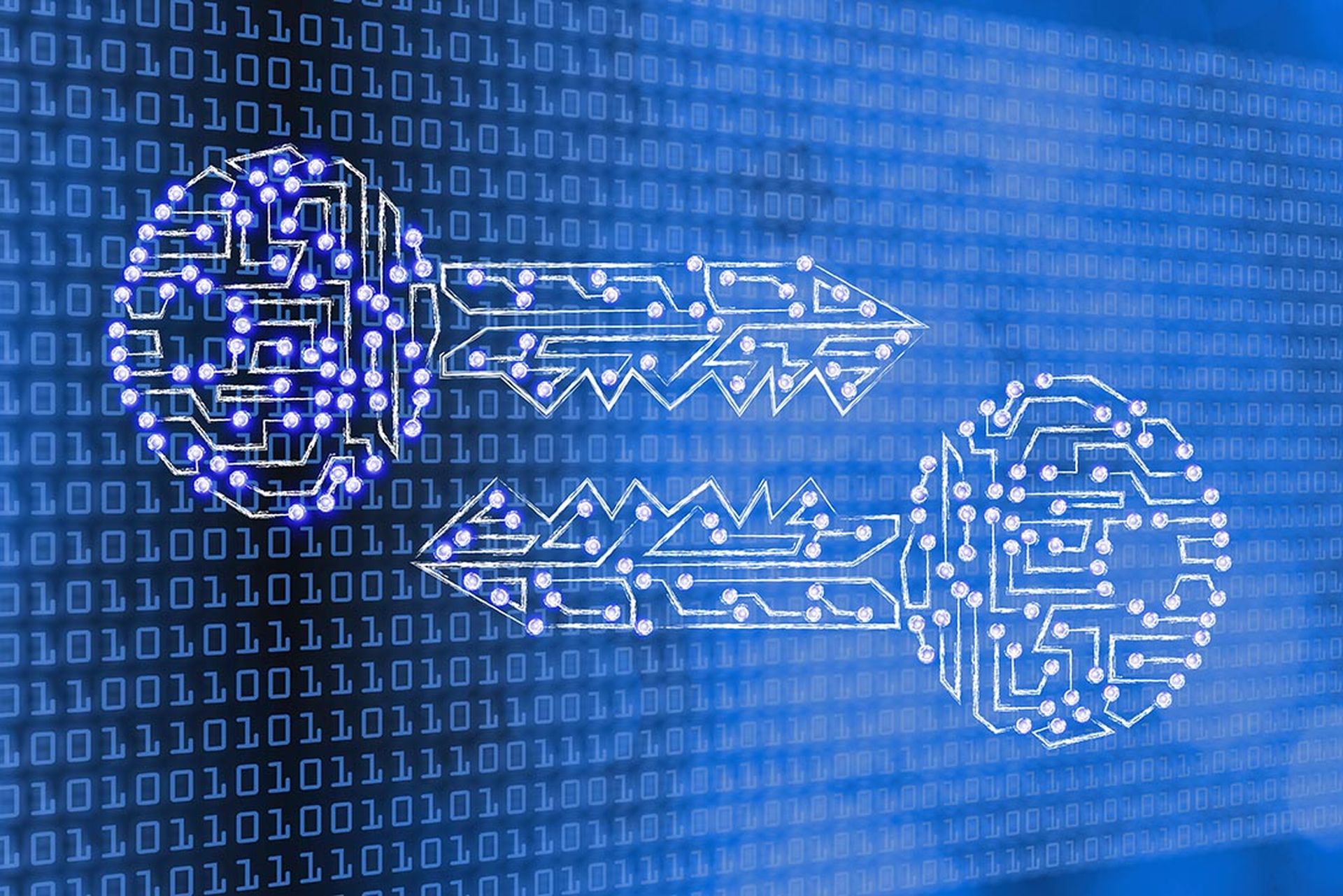With increased threats, cybersecurity has transitioned from merely a support function to a proactive, strategic imperative. These threats are more sophisticated than ever, and traditional reactive security measures no longer suffice. Proactive security focuses on finding and mitigating threats, vulnerabilities, or other risks before they are exploited and affect the extended IT environment. And this is the new frontier that enterprises must embrace to safeguard their organizations.
While the concept of proactive security is not novel, the methods for achieving it have undergone significant refinement. Automating endpoint management and vulnerability remediations are at the vanguard of the proactive security approach. Enterprises can keep their digital environments safer by optimizing these processes and reducing the manual burdens of foundational security tasks.
Understanding the value of proactive security
The shift from a reactive to a proactive security model is not just about staying one step ahead of cybercriminals. It fundamentally alters how we view and implement security. This change is essential to achieving comprehensive protection in the face of diverse and continuously evolving threats.
Proactive security accepts that modern enterprises operate massively distributed digital IT infrastructures and that manually managing these environments is no longer possible. The only way to truly get ahead is to leverage technology to reduce overly manual tasks, automating what can be automated. This automation allows IT and Security teams to focus on more critical tasks, like investigations, strategic initiatives or implementing innovative technologies. Automating endpoint management and vulnerability remediation helps companies proactively patch weak points to reduce the attack surface significantly. So businesses can maintain a consistent, heightened security posture and adapt to new threats in real time.
Embracing automation in endpoint management
Automated endpoint management is a cornerstone of proactive security architecture. With a vast array of devices often operating remotely, the ability to automatically update, monitor, and enforce policies on these endpoints serves as a critical line of defense.
Automation ensures that every endpoint is consistently and comprehensively updated with the latest security patches, minimizing the window of opportunity for attackers. Furthermore, automation streamlines the process, reducing the burden on IT teams and the potential for human errors that can lead to security gaps.
Embracing automated vulnerability remediations
Remediating vulnerabilities, especially in large, complex environments, can be daunting. Automated vulnerability remediation introduces a strategic, systematic approach that can effectively manage and secure your endpoints.
Prioritize critical vulnerabilities
Not all vulnerabilities are created equal, and resources are never infinite. Implementing a system that can automatically prioritize and address the most critical security gaps will enable you to focus efforts where they are most needed.
Establish a remediation workflow
An automated workflow reduces the time from identification to remediation. By establishing predefined playbooks for specific threats, IT teams can respond with agility and consistency, safeguarding the enterprise against common vulnerabilities.
Validation and verification processes
Patching a vulnerability is only part of the story. You must ensure that the remediation has been successful. Automation should include validation processes that verify the effectiveness of the applied patches or remediations, providing peace of mind that endpoints are indeed secured.
Continuous monitoring and adaptation
The security landscape is dynamic, with new vulnerabilities emerging continuously. Systems must remediate known vulnerabilities but also adapt to address emerging threats.
Foster a culture of cyber resilience
In conclusion, fostering a proactive cybersecurity culture through automated endpoint management and vulnerability remediation is a fundamental necessity for enterprises. Streamlining these critical processes allows organizations to fortify their defenses against imminent cyber threats and establish a framework for sustained resilience and continuous improvement. As cyber risks evolve in complexity and scale, the ability to respond swiftly and effectively will serve as a pivotal differentiator in the competitive landscape, ensuring that businesses remain both operational and trustworthy in the eyes of stakeholders and customers alike.
Discover how the leaders stack up and get a complimentary copy of the 2024 GigaOm Radar Report for Unified Endpoint Management solutions.




